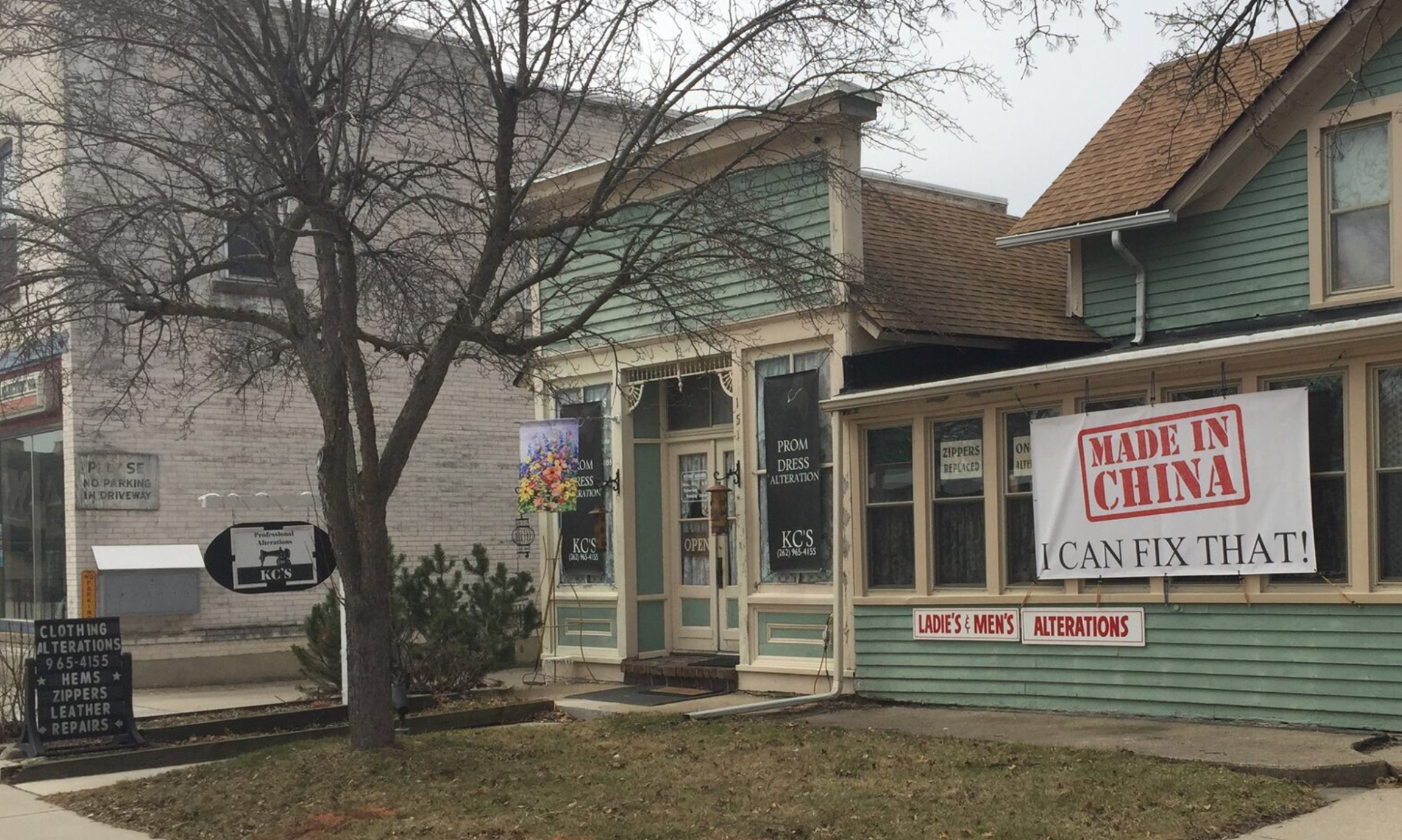Yes, you’ll probably need to visit a seamstress for your bridesmaid dress.
Most bridesmaids’ dresses need alterations, but if you’ve never been part of a wedding party or had clothing tailored before, the process of having a gown fitted might seem daunting. To make sure the experience is clear and simple, we compiled everything a bridesmaid needs to know about dress alterations, from the ideal timeline to expected costs.
- Will my bridesmaid dress need alterations?
- What are the most common alterations?
- How much does it cost to alter a bridesmaid dress?
- When should a bridesmaid get her dress altered?
- Is there anything a bridesmaid needs to bring to the alteration appointment?
1. Will my bridesmaid dress need alterations?
Almost all bridesmaids’ dresses need alterations. Most gowns are made to order, not made to measure, so each size has the same bust, waist, and hip measurement. It’s rare that someone’s measurements match one size exactly, which means alterations are necessary. In other words, you may measure size six for bust, size four for waist, and size eight for hips—but you’ll be hard-pressed to find something with those exact calculations.
If that’s the case, buy a dress for your largest measurement, as it’s easier to take in a dress than let it out. Of course, this guideline isn’t set in stone, and it depends on the style of dress. If you’re buying dress has a full skirt and your hips are the largest measurement on your body, choose a dress that fits your bust and waist instead. That’s because the hip measurement shouldn’t matter as much in a dress with a fuller skirt..
2. What are the most common alterations?
Hemming a dress is the most common alteration. It’s almost impossible for a bridesmaid dress line to offer precise hemline measurements without the price being too high, so they stick with the industry standard length. It’s usually longer than necessary, as dresses are mass produced for a standard 5′ 9″ person, but it’s always better to have more fabric to work with during the tailoring process. Having the bust or waist taken in and shortening shoulder straps are the next most common alterations.
3. How much does it cost to alter a bridesmaid dress?
The cost of alterations depends on the workload and time frame. Your location also matters (tailors in bigger cities usually charge more), as does the fabric; intricate materials like sequins, beading, or lace need more extensive tailoring, leading to higher costs. A dress with many layers will also cost more for a hem, since as the alterations specialist needs to cut and sew each layer. Complicated alterations will be more costly. A baseline estimate for cost will usually start at $80 and can go up to about $350.
4. When should a bridesmaid get her dress altered?
Don’t wait until the last minute to take your dress to the tailor. At the same time, you shouldn’t get alterations too early, since normal weight fluctuations alter the gown’s fit. The ideal drop-off time is one month before the wedding. “This works best for the alterations specialist’s schedule while also allowing you to have the best fit for your body at the current time. Keep in mind that their schedules tend to fill up around prom time and in the summer during peak wedding season.
5. Is there anything a bridesmaid needs to bring to the alteration appointment?
Other than the dress, a bridesmaid should bring two additional items to the alteration appointment: the shoes and undergarments she’ll wear on the wedding day. The height of the shoes determines the hem length and will also change your posture and gait; a dress that fits perfectly in three-inch wedges may look different in three-inch stiletto heels. Additionally, your undergarments (like bra, underwear, and shapewear) will change how your body fits in the dress. If you aren’t sure what undergarments to wear, we recommend contacting your tailor to see if they carry any bras, cups, or body shapers, Remember that this is a special occasion outfit, so your undergarments do matter!
